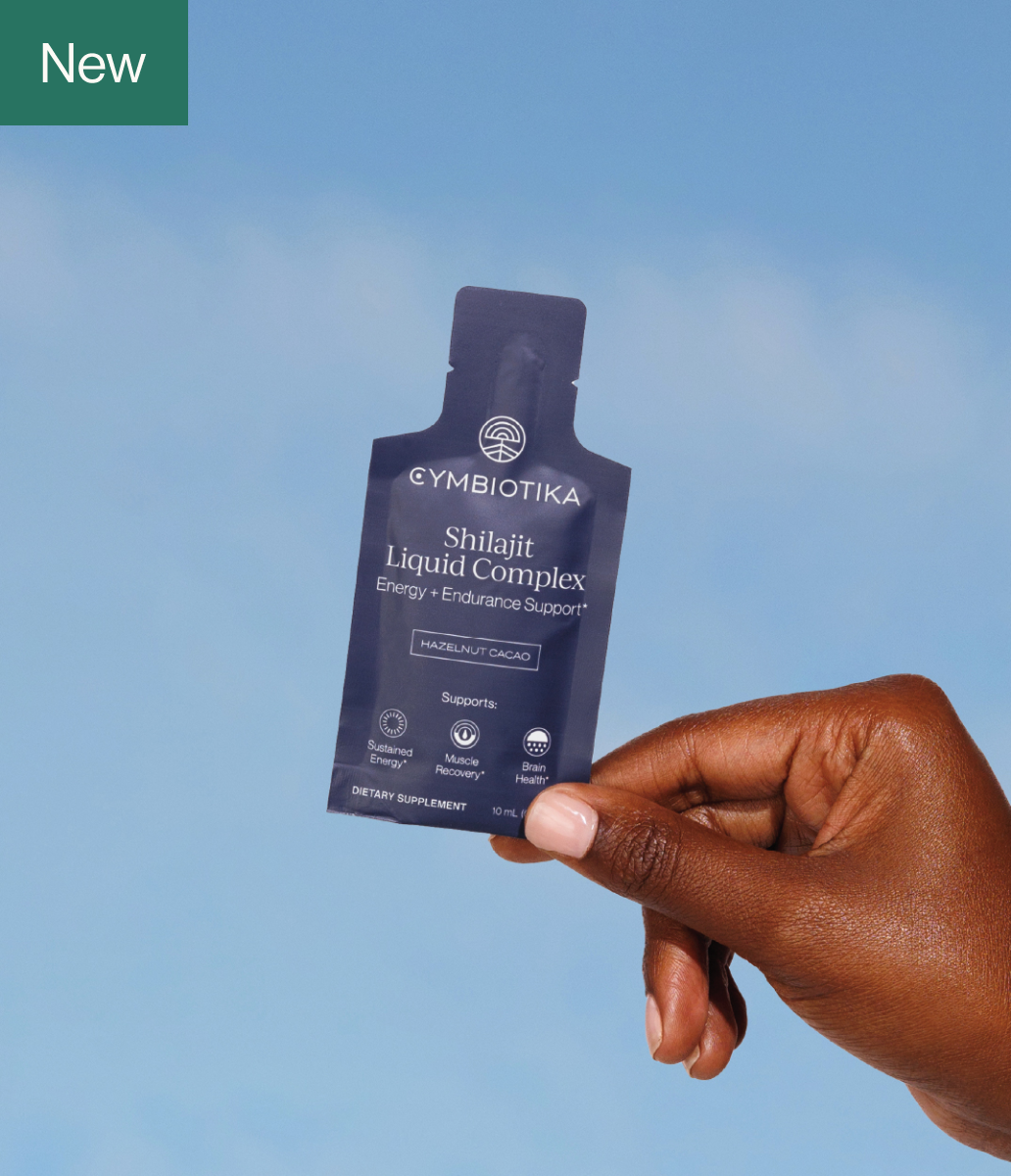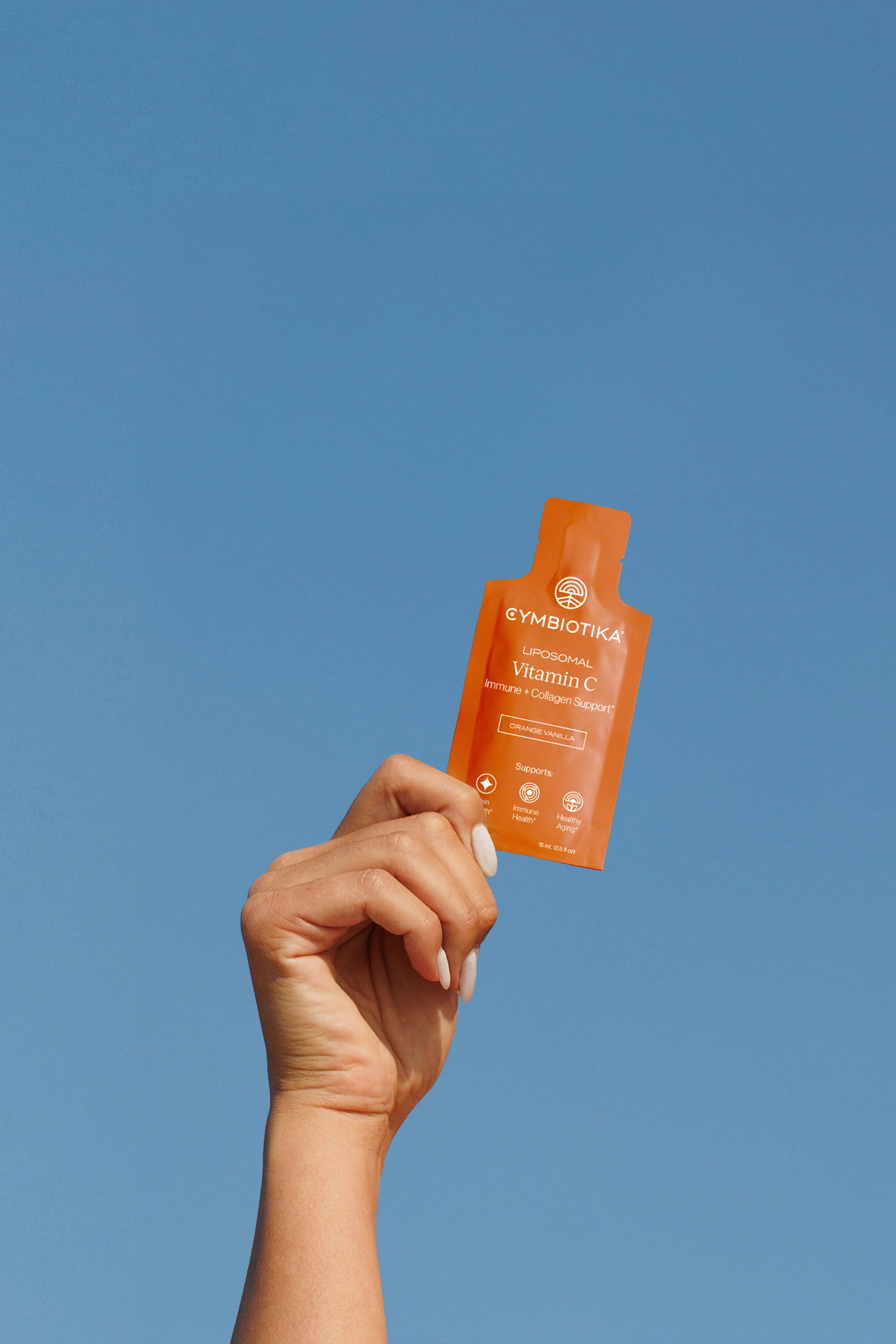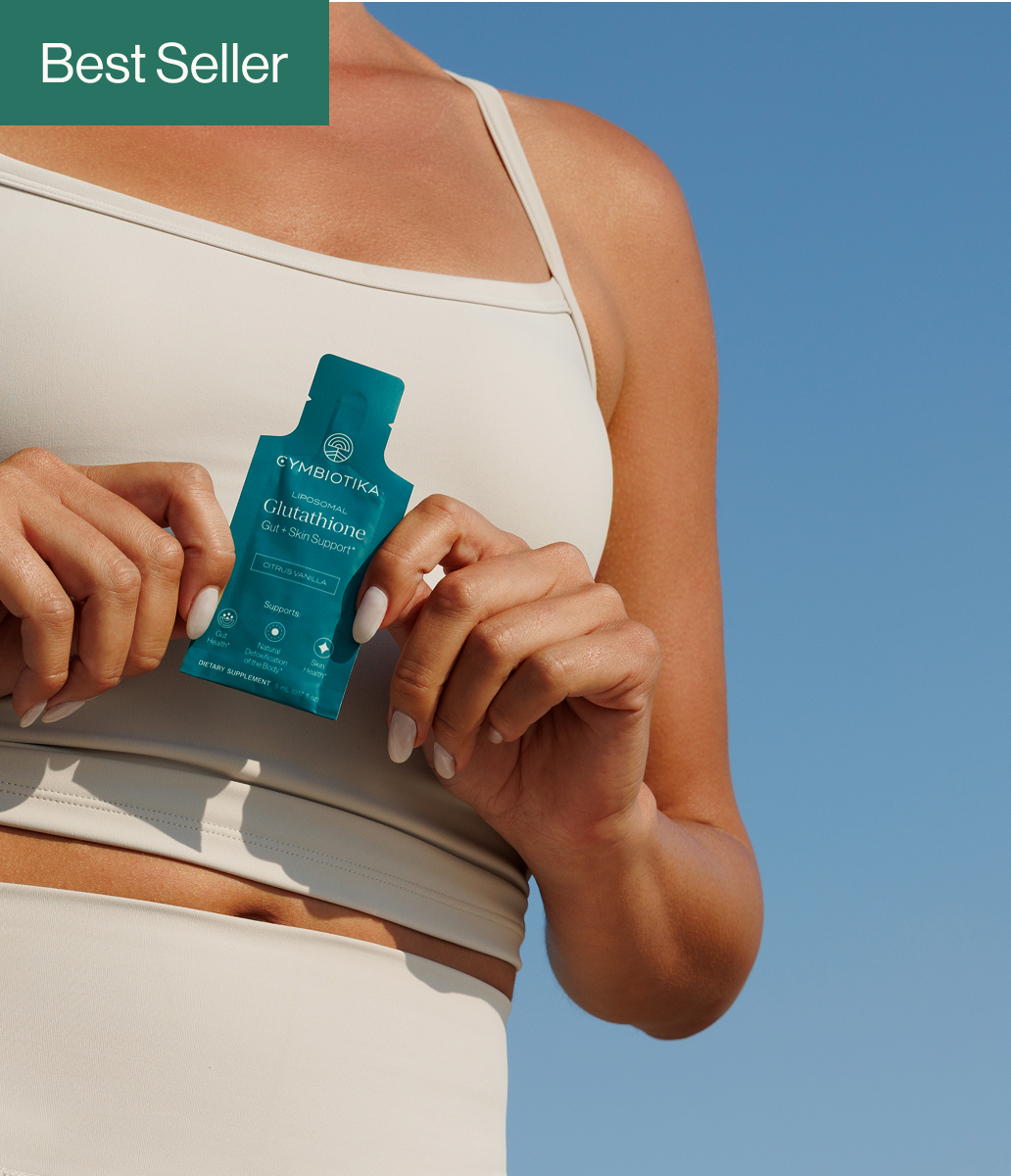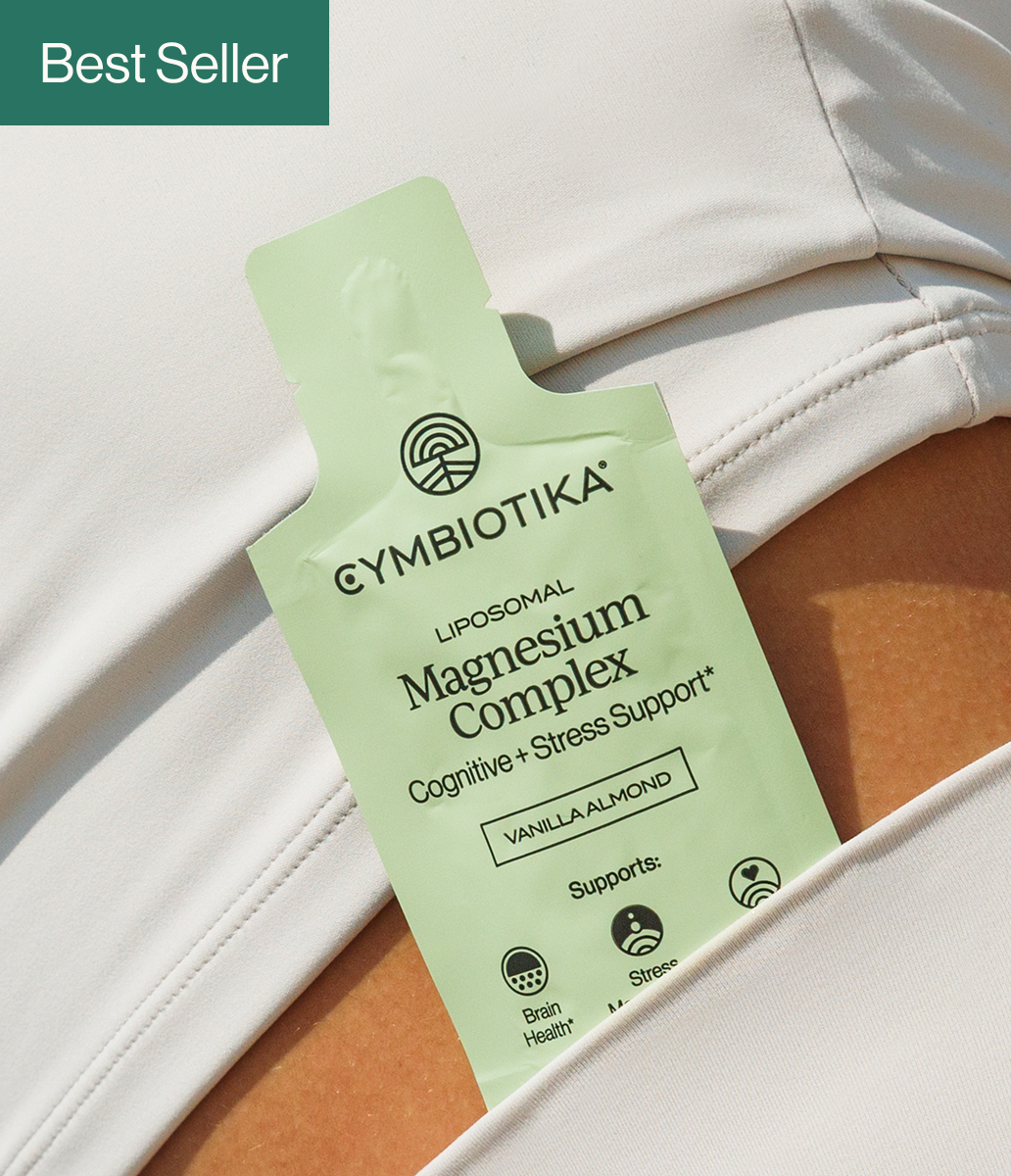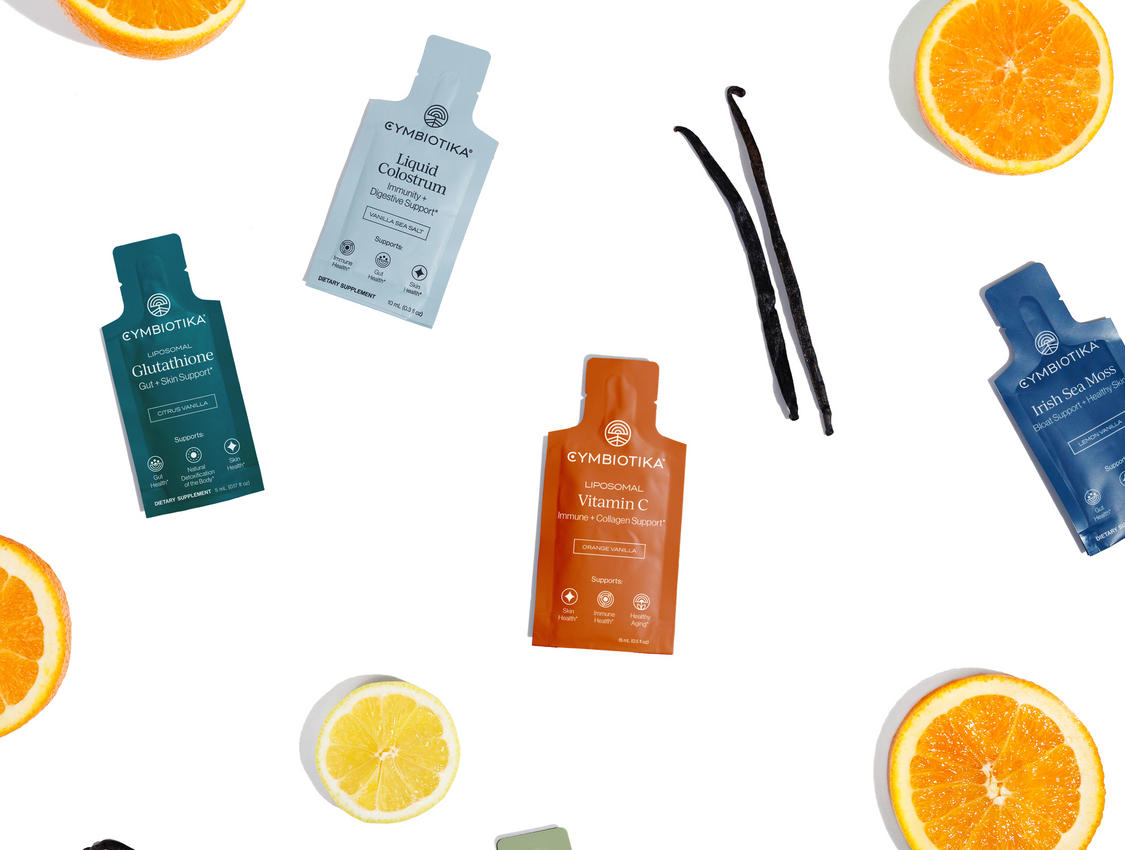Table of Contents
- Introduction
- Understanding Sour Cream: The Basics
- Comparing Sour Cream to Other Fermented Dairy Products
- The Health Benefits of Sour Cream
- Choosing the Right Sour Cream
- Creative Ways to Incorporate Sour Cream into Your Diet
- Conclusion
- Frequently Asked Questions (FAQ)
Introduction
When we think of gut health, images of colorful fruits, vibrant vegetables, and perhaps a delicious bowl of yogurt often come to mind. But what about that tangy, creamy dollop of sour cream on our nachos or baked potatoes? Could this popular condiment also contribute to our well-being? As we dive into the world of sour cream, we’ll explore whether there are probiotics in sour cream, the science behind its fermentation, and what this means for our digestive health.
Sour cream is a staple in many cuisines, adding a rich texture and a slight tang to both savory and sweet dishes. Traditionally made by fermenting cream with lactic acid bacteria, sour cream can potentially offer probiotic benefits. However, the manufacturing process and the types of sour cream available might influence these benefits significantly. Understanding these nuances is crucial for anyone interested in incorporating sour cream into their diet while aiming to support gut health.
In this blog post, we’ll cover the following topics:
- The fermentation process of sour cream and its implications for probiotics
- The differences between sour cream and other fermented dairy products
- A closer look at the health benefits of sour cream
- How to choose the right sour cream for probiotic benefits
- Creative ways to incorporate sour cream into your diet
By the end of our exploration, you’ll have a comprehensive understanding of the role sour cream can play in your gut health journey and how to choose products that align with your wellness goals.
Understanding Sour Cream: The Basics
What is Sour Cream?
Sour cream is a fermented dairy product made by adding specific bacterial cultures (lactic acid bacteria) to cream. This process thickens the cream and imparts the characteristic tangy flavor. Interestingly, sour cream has a high fat content, making it a rich addition to various dishes.
- Types of Sour Cream: While traditional sour cream is made from cream, there are variations available, including low-fat and non-fat sour cream. Each type has a different nutritional profile, which can affect its health benefits.
The Fermentation Process
The fermentation of sour cream begins with pasteurized cream, where lactic acid bacteria are introduced. These bacteria ferment the lactose (milk sugar) in the cream, producing lactic acid, which contributes to the sour flavor and thicker consistency. This process may also lead to the proliferation of beneficial bacteria, commonly referred to as probiotics.
However, it's essential to note that many commercial sour creams are pasteurized after fermentation to eliminate any harmful bacteria, which can also kill off the beneficial probiotics. Thus, not all sour creams are created equal when it comes to probiotic content.
Are There Probiotics in Sour Cream?
The answer to the question "Are there probiotics in sour cream?" largely depends on the type of sour cream you choose.
-
Traditional Sour Cream: Most conventional sour creams you find in grocery stores are pasteurized after fermentation, which eliminates the live cultures. Therefore, the probiotic benefits may be minimal or non-existent.
-
Probiotic-Enhanced Sour Cream: Some brands, however, add live cultures back into their products after pasteurization. These sour creams are more likely to offer probiotic benefits, but it’s essential to check the label for specific strains of bacteria and confirm that they are live and active.
To ensure you’re getting the probiotic benefits from sour cream, look for products labeled as containing "live active cultures."
Comparing Sour Cream to Other Fermented Dairy Products
Yogurt vs. Sour Cream
When considering gut health, yogurt often takes the spotlight due to its higher probiotic content. Yogurt is typically made by fermenting milk, which retains more beneficial bacteria than cream. The fermentation process for yogurt is designed to promote the growth of specific probiotic strains, making it a reliable source of gut-friendly bacteria.
Nutritional Comparison
- Yogurt: Generally lower in fat and higher in protein than sour cream. Yogurt also contains a variety of probiotic strains that can support digestive health.
- Sour Cream: While it adds a rich flavor and is higher in fat, it may not provide the same level of probiotics as yogurt unless it’s specifically labeled as containing live cultures.
Crème Fraîche and Other Alternatives
Crème fraîche is a French variant of sour cream, made with unpasteurized cream and naturally occurring bacteria. It has a higher fat content and a nuttier flavor compared to sour cream. Interestingly, because it’s made from unpasteurized cream, it may retain more beneficial bacteria, akin to yogurt.
Additionally, there are plant-based alternatives available that can provide probiotic benefits, such as coconut yogurt or cashew-based sour cream. These options cater to those who are lactose intolerant or prefer a dairy-free diet.
The Health Benefits of Sour Cream
While sour cream might not be the most nutrient-dense food, it offers several potential health benefits when consumed in moderation.
Nutritional Profile
Sour cream contains essential nutrients, including vitamins A, D, and calcium, though it is not a significant source of these nutrients compared to other dairy products. Here’s a quick breakdown of the nutritional content in a typical serving of sour cream (approximately 2 tablespoons):
- Calories: 60
- Fat: 6g (mostly saturated)
- Carbohydrates: 2g
- Protein: 1g
Probiotic Potential
As previously mentioned, certain types of sour cream can provide probiotic benefits, which may help support gut health. Probiotics are vital for maintaining a balanced gut microbiome, enhancing digestion, and potentially improving immune function.
Enhancing Nutrient Absorption
Sour cream is high in fat, which can aid in the absorption of fat-soluble vitamins (A, D, E, and K) found in other foods. Incorporating sour cream into meals that include vegetables can enhance the absorption of these essential nutrients.
Culinary Versatility
Sour cream is not just a condiment; it can be used in various recipes, from dips to dressings and baked goods. This versatility allows it to be integrated into a balanced diet while still enjoying its rich flavor.
Choosing the Right Sour Cream
With so many options available, how do we select the best sour cream for our health goals? Here are some tips to ensure you’re making a wise choice:
Read the Labels
When selecting sour cream, always check the ingredient list. Look for products that contain:
- Live Active Cultures: Ensure that the product specifies the presence of probiotics.
- Minimal Ingredients: Choose sour creams made with simple, recognizable ingredients—preferably those without additives or preservatives.
Opt for Organic and Grass-Fed
Choosing organic or grass-fed sour cream can enhance the quality of the product. Organic dairy comes from cows that are not treated with antibiotics or growth hormones, and grass-fed cows often produce milk richer in omega-3 fatty acids and vitamin K2.
Consider Portion Sizes
Sour cream can be calorie-dense, so it’s essential to pay attention to portion sizes. Using it as a garnish or in recipes can help keep your intake moderate while still enjoying its flavor.
Creative Ways to Incorporate Sour Cream into Your Diet
Sour cream can be a delightful addition to many dishes. Here are some creative ways to enjoy it while reaping potential health benefits:
Dips and Spreads
Sour cream makes an excellent base for dips. Blend it with herbs and spices for a flavorful veggie dip or mix it with avocado for a creamy guacamole alternative.
Baking
Incorporating sour cream into baked goods can add moisture and richness. Consider using it in recipes for cakes, muffins, or pancakes to enhance flavor and texture.
Sauces and Dressings
Sour cream can be used to create creamy salad dressings or sauces. Combine it with mustard, garlic, or fresh herbs to create a delicious salad dressing that pairs well with leafy greens.
Topping for Savory Dishes
Add a dollop of sour cream on top of baked potatoes, chili, or tacos for an extra layer of flavor. It complements spices and enhances the dish’s richness.
Conclusion
As we’ve explored, the question of whether there are probiotics in sour cream isn’t straightforward. While traditional sour cream may not be rich in probiotics due to the pasteurization process, certain brands that include live active cultures can offer these gut-friendly benefits. Sour cream can be a delicious component of a balanced diet, contributing flavor and enhancing the absorption of fat-soluble vitamins.
At Cymbiotika, we believe that wellness starts with trust and transparency. As we empower our community to take control of their health, we encourage you to explore your options when it comes to incorporating sour cream into your meals. Our focus on high-quality, science-backed ingredients ensures that you have the knowledge you need to make informed decisions.
If you’re interested in optimizing your gut health, consider exploring our Gut Health Collection for supplements that can support your wellness journey. And if you're unsure about which products would best suit your needs, take a moment to complete our AI quiz to find personalized recommendations.
Frequently Asked Questions (FAQ)
1. Can sour cream help with digestion?
Sour cream may support digestion if it contains live active cultures. Probiotics can help maintain a balanced gut microbiome, potentially improving digestive health.
2. Is sour cream high in fat?
Yes, sour cream is relatively high in fat, primarily saturated fat. It’s best consumed in moderation as part of a balanced diet.
3. What’s the difference between sour cream and crème fraîche?
Crème fraîche has a higher fat content and is made from unpasteurized cream, which may retain more beneficial bacteria. Sour cream is typically made from pasteurized cream and is tangier in flavor.
4. How can I incorporate sour cream into my meals?
Sour cream can be used in dips, baked goods, sauces, dressings, or as a topping for various dishes like baked potatoes and tacos.
5. Are there any health risks associated with sour cream?
While sour cream can be part of a healthy diet, it’s high in calories and saturated fat. Individuals with lactose intolerance or milk allergies should avoid it. Moderation is key to enjoying sour cream without adverse effects.
By understanding the role of sour cream in our diets and its potential benefits, we can make informed choices that enhance our health and well-being. Let’s savor the richness of sour cream while keeping our gut health in mind!
*These statements have not been evaluated by the Food and Drug Administration. This product is not intended to diagnose, treat, cure, or prevent any disease.
